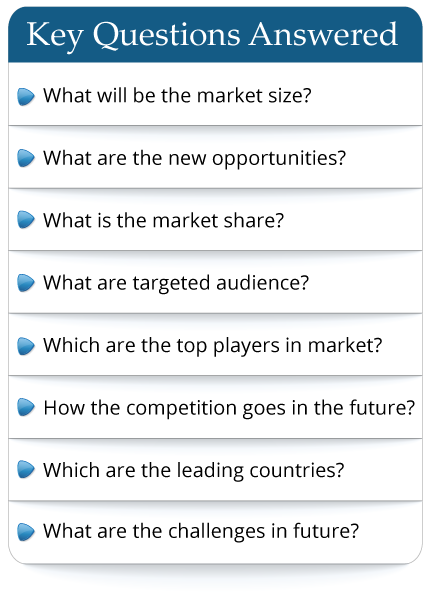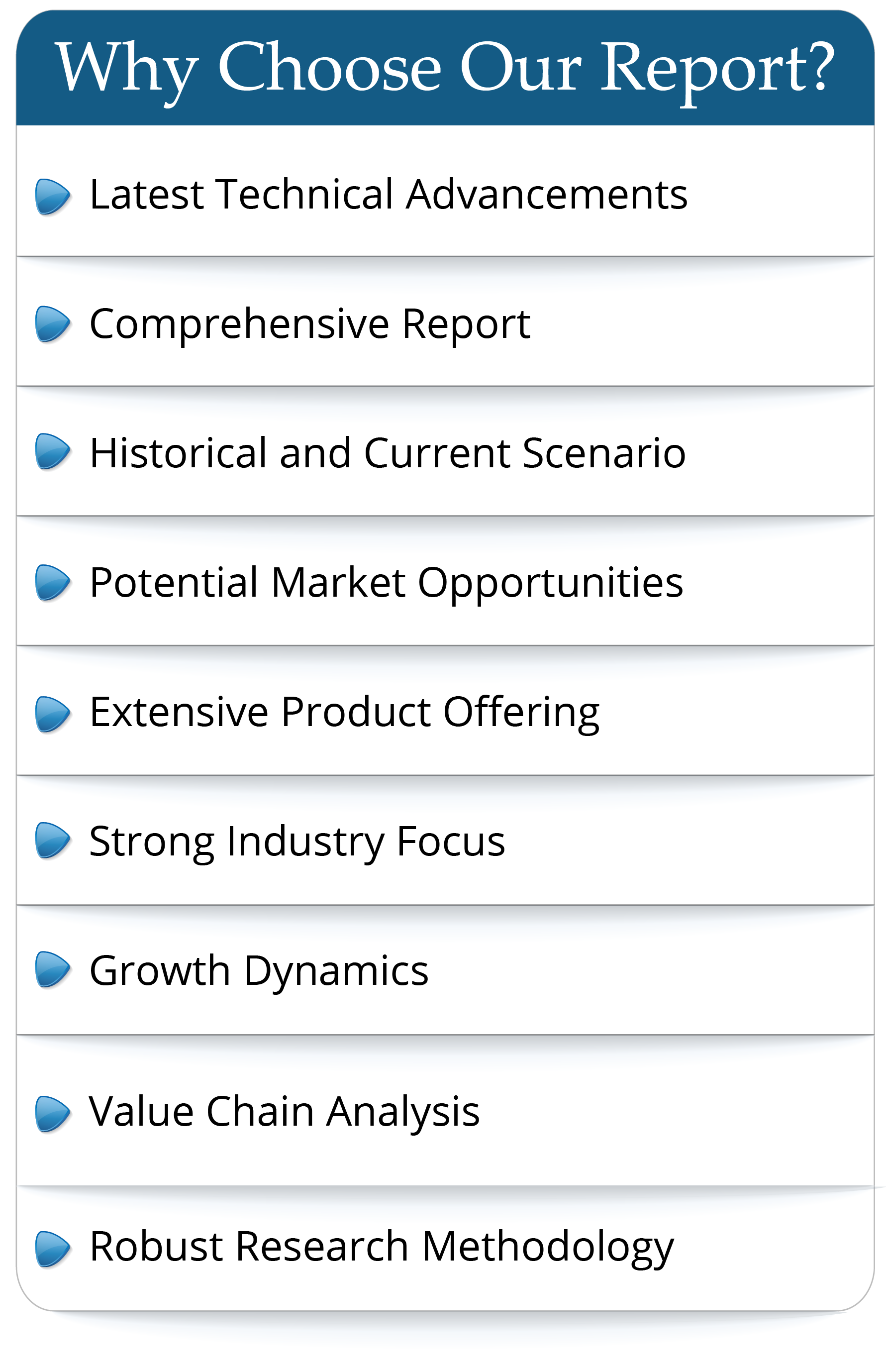The global Luxury Skincare market size was valued at USD 21611.0 Million in 2022 and will reach USD 35797.48 Million in 2028, with a CAGR of 8.78% during 2022-2028.
Luxury Skincare often uses cutting-edge science and robust clinical testing that mass brands can't afford, and uses high-end ingredients to penetrate and repair the skin. They are generally costly because the most effective ingredients such as squalane, glycerin, rice protein, etc. are contained in exclusive laboratories. Luxury Skincare excels in ingredients, packaging, and results while satisfying consumers' sensory, emotional, and fantasy needs.
Growing consumer demand for natural and organic ingredients
One of the key drivers of growth in the luxury skincare market is the increasing consumer demand for natural and organic ingredients. Consumers are becoming more aware of the impact that their skincare products have on their skin and their health, and they are seeking out products that are made with natural and organic ingredients. This trend is driven by the belief that using natural and organic ingredients in skincare products can lead to better skin health and a more youthful appearance.
Additionally, consumers are also avoiding products that contain harmful chemicals, such as parabens, sulfates, and phthalates, which can cause skin irritation and other health problems. To meet this growing consumer demand, luxury skincare brands are developing products that are made with high-quality natural and organic ingredients.
Increasing focus on self-care and wellness
The increasing focus on self-care and wellness is another key driver of growth in the luxury skincare market. As people become more interested in taking care of their health and well-being, they are seeking out products that can help them to do so.
This trend is driven by the belief that taking care of one's skin is an important aspect of self-care and wellness. Consumers are looking for products that can help them to improve their skin's health and appearance, and they are willing to pay more for premium products that offer advanced formulas and unique benefits. In addition, the increasing popularity of spa treatments and other self-care practices is also driving growth in the luxury skincare market.
Rising popularity of anti-aging skincare products
The rising popularity of anti-aging skincare products is another key driver of growth in the luxury skincare market. As people become more concerned about the effects of aging on their skin, they are seeking out products that can help to reduce the appearance of fine lines and wrinkles and improve their skin's overall appearance.
This trend is driven by the belief that using anti-aging skincare products can help to delay the signs of aging and maintain a youthful appearance. Consumers are looking for premium products that offer advanced formulas and unique benefits, and they are willing to pay more for these products. To meet this growing demand, luxury skincare brands are developing anti-aging skincare products that are designed to target specific signs of aging and improve skin health.
Region Overview:
In 2021, the share of the Luxury Skincare market in North America stood at 36.83%.
Company Overview:
Estee Lauder Companies, Chanel, LVMH were the top 3 players in the Luxury Skincare market in 2022, taking up a market share of 18.66% together.
Segmentation Overview:
Among different product types, Serums segment is anticipated to contribute the largest market share in 2027.
Application Overview:
By application, the For Women segment occupied the biggest share from 2017 to 2022.
The Luxury Skincare market report covers sufficient and comprehensive data on market introduction, segmentations, status and trends, opportunities and challenges, industry chain, competitive analysis, company profiles, and trade statistics, etc. It provides in-depth and all-scale analysis of each segment of types, applications, players, 5 major regions and sub-division of major countries, and sometimes end user, channel, technology, as well as other information individually tailored before order confirmation.
Meticulous research and analysis were conducted during the preparation process of the report. The qualitative and quantitative data were gained and verified through primary and secondary sources, which include but not limited to Magazines, Press Releases, Paid Databases, Maia Data Center, National Customs, Annual Reports, Public Databases, Expert interviews, etc. Besides, primary sources include extensive interviews of key opinion leaders and industry experts such as experienced front-line staff, directors, CEOs, and marketing executives, downstream distributors, as well as end-clients.
In this report, the historical period starts from 2018 to 2022, and the forecast period ranges from 2023 to 2028. The facts and data are demonstrated by tables, graphs, pie charts, and other pictorial representations, which enhances the effective visual representation and decision-making capabilities for business strategy.
Key Companies in the global Luxury Skincare market covered in Chapter 4:
Avon
Sisley Paris
P&G
L'Oréal
AmorePacific
Chanel
Natura Bissé
Henkel
Coty
Shiseido
LVMH
Kose
Unilever
Estee Lauder Companies
Beiersdorf
In Chapter 12 and Chapter 14.1, on the basis of types, the Luxury Skincare market from 2018 to 2028 is primarily split into:
Creams
Moisturizers
Facial Mask
Serums
Body Milk
Cleansers
Others
In Chapter 13 and Chapter 14.2, on the basis of the Downstream Industry, the Luxury Skincare market from 2018 to 2028 covers:
For Women
For Men
Geographically, the detailed analysis of consumption, revenue, market share and growth rate, history and forecast (2018-2028) of the following regions are covered in Chapters 6, 7, 8, 9, 10, 11, 15:
North America (United States, Canada, Mexico)
Europe (Germany, United Kingdom, France, Italy, Spain)
Asia Pacific (China, Japan, South Korea, India, Southeast Asia)
South America (Brazil, Argentina)
Middle East & Africa (Saudi Arabia, UAE, South Africa)
Outline:
Chapter 1 begins with the Luxury Skincare market scope and definition, product segment introduction, global overall market size, as well as market dynamics scenarios such as opportunities, challenges, and industry development trends under inflation. It offers a high-level view of the current state of the Luxury Skincare market and its likely evolution in the short to mid-term and long term.
Chapter 2 provides Luxury Skincare industry chain analysis, covering raw materials analysis, cost structure, price estimate, and forecast, along with price-impacting factors, downstream channels, and major customers. It aims to help readers to grab insights into product upstream, midstream, and downstream fields.
Chapter 3 depicts Luxury Skincare industry competitive analysis regarding market concentration rate, saturation rate, feasibility analysis from new entrants, as well as substitute's status and trends. It indicates the developing space and prospects of the current industry.
Chapter 4 analyzes extensive company profiles, comprising company basic info, product or service profiles, and sales, price, value, gross, and gross margin 2018-2023. It incorporates the Luxury Skincare market ranking, benchmarks, and company business portfolio.
Chapter 5 presents trade statistics of import and export volume from 2018-2023, demonstrating domestic and international market comparisons in specific countries.
Chapters 6-10 highlight Luxury Skincare market status at the regional and country levels, including 5 major regions of North America, Europe, Asia Pacific, the Middle East and Africa, and Latin America. The region and country list in the sample is only for reference, and it can be adjusted as required.
Chapter 11 involves geographical market figures of sales, value, market share, and growth rate. Economic, social, environmental, technological, and political factors have been taken into consideration while assessing the growth of each specific region.
Chapters 12-13 evaluate the Luxury Skincare market based on different types and applications. It focuses on sales and value of 2018-2023 from both vertical and horizontal perspectives.
Chapters 14-15 elaborate on the Luxury Skincare market forecast data from 2023-2028, segmented by types and applications, regions, and major countries, helping readers to know future aspects and growth trends.
Chapter 16 ends with an elaboration of data sources and research methodology. All possible parameters that affect the markets covered in this research study have been accounted for, viewed in extensive detail, verified through primary research, and analyzed to get the final quantitative and qualitative data.
2022
Luxury Skincare often uses cutting-edge science and robust clinical testing that mass brands can't afford, and uses high-end ingredients to penetrate and repair the skin. They are generally costly because the most effective ingredients such as squalane, glycerin, rice protein, etc. are contained in exclusive laboratories. Luxury Skincare excels in ingredients, packaging, and results while satisfying consumers' sensory, emotional, and fantasy needs.
Growing consumer demand for natural and organic ingredients
One of the key drivers of growth in the luxury skincare market is the increasing consumer demand for natural and organic ingredients. Consumers are becoming more aware of the impact that their skincare products have on their skin and their health, and they are seeking out products that are made with natural and organic ingredients. This trend is driven by the belief that using natural and organic ingredients in skincare products can lead to better skin health and a more youthful appearance.
Additionally, consumers are also avoiding products that contain harmful chemicals, such as parabens, sulfates, and phthalates, which can cause skin irritation and other health problems. To meet this growing consumer demand, luxury skincare brands are developing products that are made with high-quality natural and organic ingredients.
Increasing focus on self-care and wellness
The increasing focus on self-care and wellness is another key driver of growth in the luxury skincare market. As people become more interested in taking care of their health and well-being, they are seeking out products that can help them to do so.
This trend is driven by the belief that taking care of one's skin is an important aspect of self-care and wellness. Consumers are looking for products that can help them to improve their skin's health and appearance, and they are willing to pay more for premium products that offer advanced formulas and unique benefits. In addition, the increasing popularity of spa treatments and other self-care practices is also driving growth in the luxury skincare market.
Rising popularity of anti-aging skincare products
The rising popularity of anti-aging skincare products is another key driver of growth in the luxury skincare market. As people become more concerned about the effects of aging on their skin, they are seeking out products that can help to reduce the appearance of fine lines and wrinkles and improve their skin's overall appearance.
This trend is driven by the belief that using anti-aging skincare products can help to delay the signs of aging and maintain a youthful appearance. Consumers are looking for premium products that offer advanced formulas and unique benefits, and they are willing to pay more for these products. To meet this growing demand, luxury skincare brands are developing anti-aging skincare products that are designed to target specific signs of aging and improve skin health.
Region Overview:
In 2021, the share of the Luxury Skincare market in North America stood at 36.83%.
Company Overview:
Estee Lauder Companies, Chanel, LVMH were the top 3 players in the Luxury Skincare market in 2022, taking up a market share of 18.66% together.
Segmentation Overview:
Among different product types, Serums segment is anticipated to contribute the largest market share in 2027.
Application Overview:
By application, the For Women segment occupied the biggest share from 2017 to 2022.
The Luxury Skincare market report covers sufficient and comprehensive data on market introduction, segmentations, status and trends, opportunities and challenges, industry chain, competitive analysis, company profiles, and trade statistics, etc. It provides in-depth and all-scale analysis of each segment of types, applications, players, 5 major regions and sub-division of major countries, and sometimes end user, channel, technology, as well as other information individually tailored before order confirmation.
Meticulous research and analysis were conducted during the preparation process of the report. The qualitative and quantitative data were gained and verified through primary and secondary sources, which include but not limited to Magazines, Press Releases, Paid Databases, Maia Data Center, National Customs, Annual Reports, Public Databases, Expert interviews, etc. Besides, primary sources include extensive interviews of key opinion leaders and industry experts such as experienced front-line staff, directors, CEOs, and marketing executives, downstream distributors, as well as end-clients.
In this report, the historical period starts from 2018 to 2022, and the forecast period ranges from 2023 to 2028. The facts and data are demonstrated by tables, graphs, pie charts, and other pictorial representations, which enhances the effective visual representation and decision-making capabilities for business strategy.
Key Companies in the global Luxury Skincare market covered in Chapter 4:
Avon
Sisley Paris
P&G
L'Oréal
AmorePacific
Chanel
Natura Bissé
Henkel
Coty
Shiseido
LVMH
Kose
Unilever
Estee Lauder Companies
Beiersdorf
In Chapter 12 and Chapter 14.1, on the basis of types, the Luxury Skincare market from 2018 to 2028 is primarily split into:
Creams
Moisturizers
Facial Mask
Serums
Body Milk
Cleansers
Others
In Chapter 13 and Chapter 14.2, on the basis of the Downstream Industry, the Luxury Skincare market from 2018 to 2028 covers:
For Women
For Men
Geographically, the detailed analysis of consumption, revenue, market share and growth rate, history and forecast (2018-2028) of the following regions are covered in Chapters 6, 7, 8, 9, 10, 11, 15:
North America (United States, Canada, Mexico)
Europe (Germany, United Kingdom, France, Italy, Spain)
Asia Pacific (China, Japan, South Korea, India, Southeast Asia)
South America (Brazil, Argentina)
Middle East & Africa (Saudi Arabia, UAE, South Africa)
Outline:
Chapter 1 begins with the Luxury Skincare market scope and definition, product segment introduction, global overall market size, as well as market dynamics scenarios such as opportunities, challenges, and industry development trends under inflation. It offers a high-level view of the current state of the Luxury Skincare market and its likely evolution in the short to mid-term and long term.
Chapter 2 provides Luxury Skincare industry chain analysis, covering raw materials analysis, cost structure, price estimate, and forecast, along with price-impacting factors, downstream channels, and major customers. It aims to help readers to grab insights into product upstream, midstream, and downstream fields.
Chapter 3 depicts Luxury Skincare industry competitive analysis regarding market concentration rate, saturation rate, feasibility analysis from new entrants, as well as substitute's status and trends. It indicates the developing space and prospects of the current industry.
Chapter 4 analyzes extensive company profiles, comprising company basic info, product or service profiles, and sales, price, value, gross, and gross margin 2018-2023. It incorporates the Luxury Skincare market ranking, benchmarks, and company business portfolio.
Chapter 5 presents trade statistics of import and export volume from 2018-2023, demonstrating domestic and international market comparisons in specific countries.
Chapters 6-10 highlight Luxury Skincare market status at the regional and country levels, including 5 major regions of North America, Europe, Asia Pacific, the Middle East and Africa, and Latin America. The region and country list in the sample is only for reference, and it can be adjusted as required.
Chapter 11 involves geographical market figures of sales, value, market share, and growth rate. Economic, social, environmental, technological, and political factors have been taken into consideration while assessing the growth of each specific region.
Chapters 12-13 evaluate the Luxury Skincare market based on different types and applications. It focuses on sales and value of 2018-2023 from both vertical and horizontal perspectives.
Chapters 14-15 elaborate on the Luxury Skincare market forecast data from 2023-2028, segmented by types and applications, regions, and major countries, helping readers to know future aspects and growth trends.
Chapter 16 ends with an elaboration of data sources and research methodology. All possible parameters that affect the markets covered in this research study have been accounted for, viewed in extensive detail, verified through primary research, and analyzed to get the final quantitative and qualitative data.
Years considered for this report:
Historical Years:
2018-2022Base Year:
2022Estimated Year:
2023Forecast Period:
2023-2028Frequently Asked Questions
This market study covers the global and regional market with an
in-depth analysis of the
overall growth prospects...
- By product type
- By End User/Applications
- By Technology
- By Region
The report provides a detailed evaluation of the market by
highlighting information on
different aspects including drivers, restraints...

 Pre-order Enquiry
Pre-order Enquiry Download Free Sample
Download Free Sample












